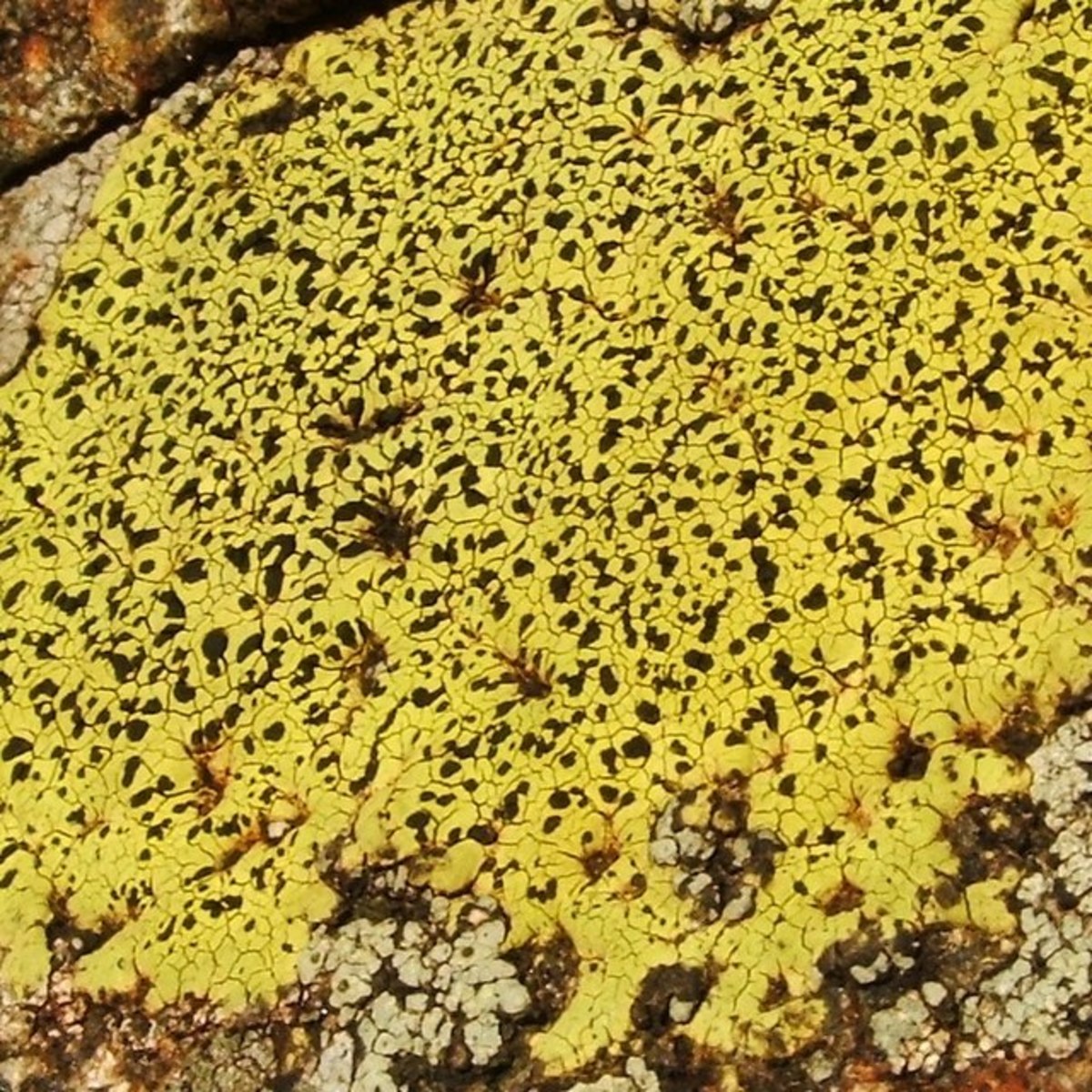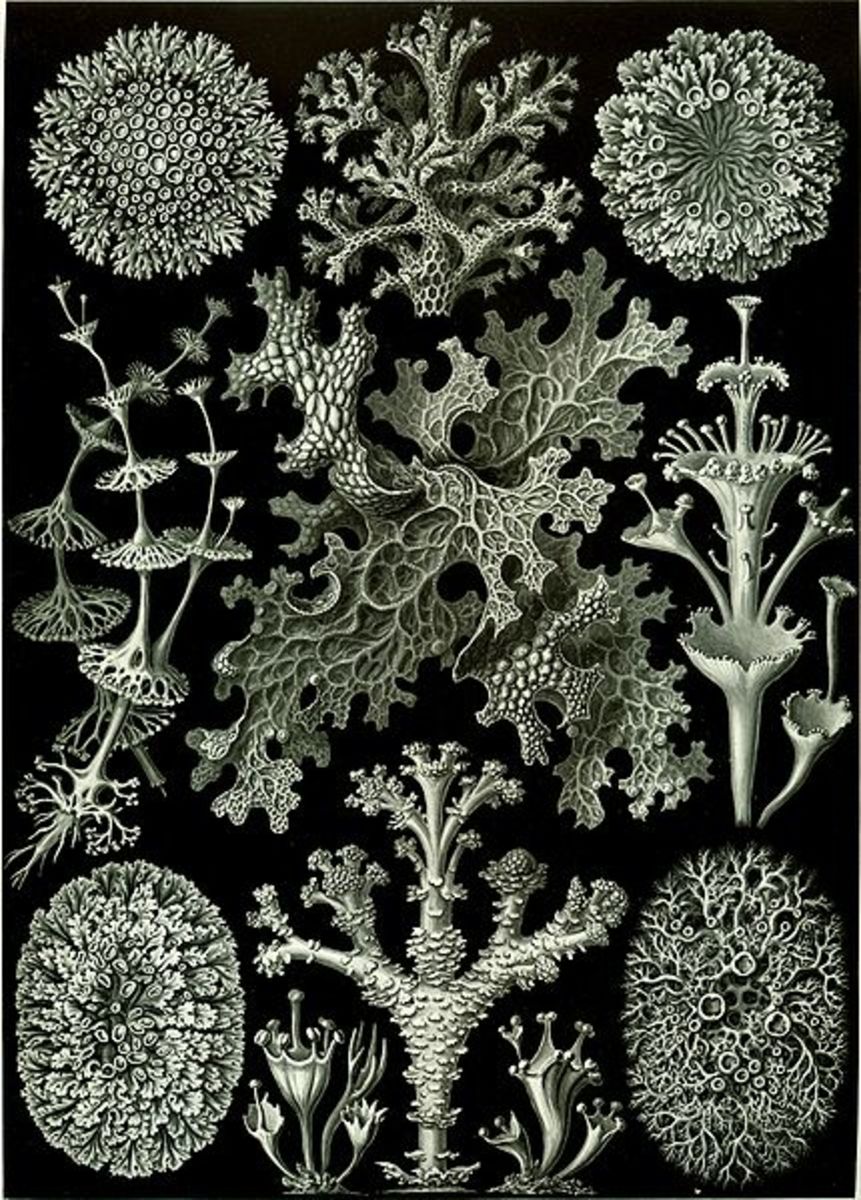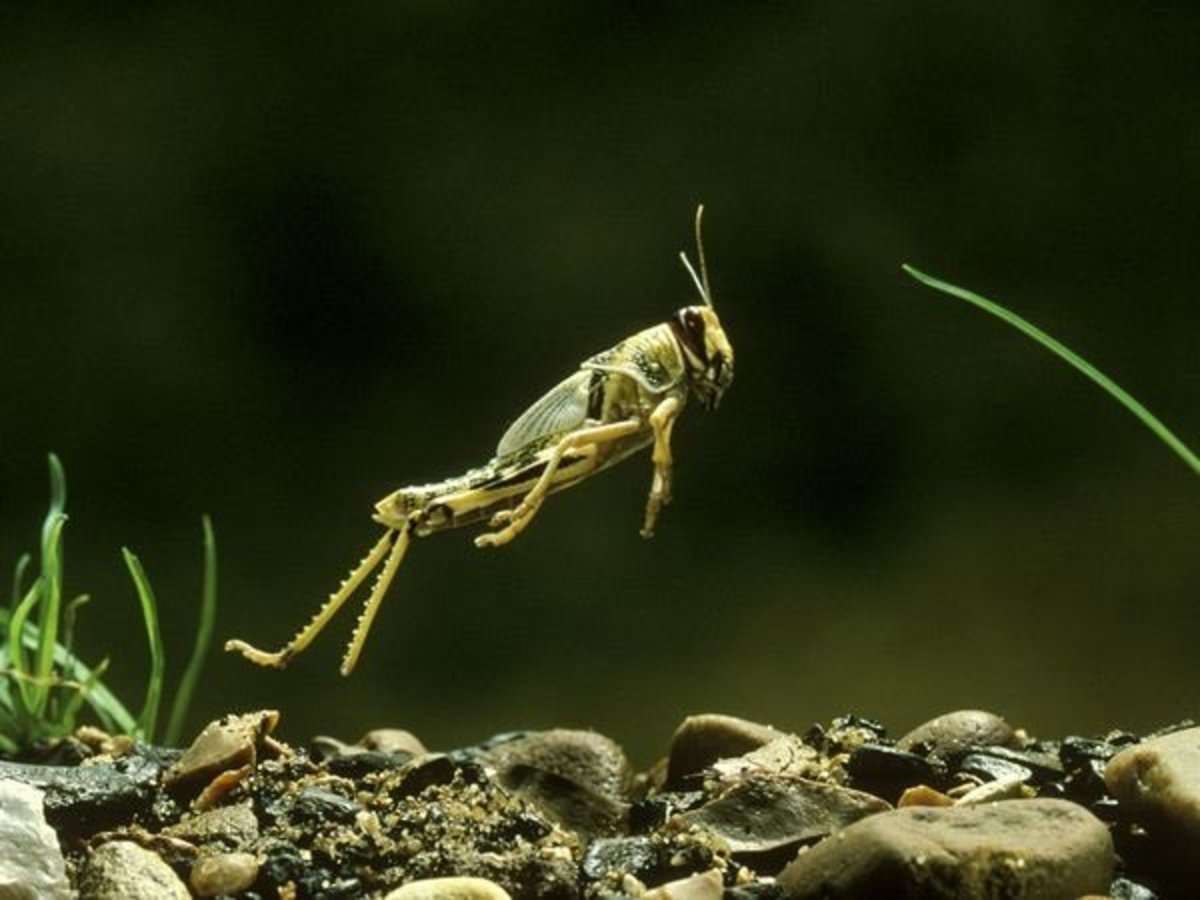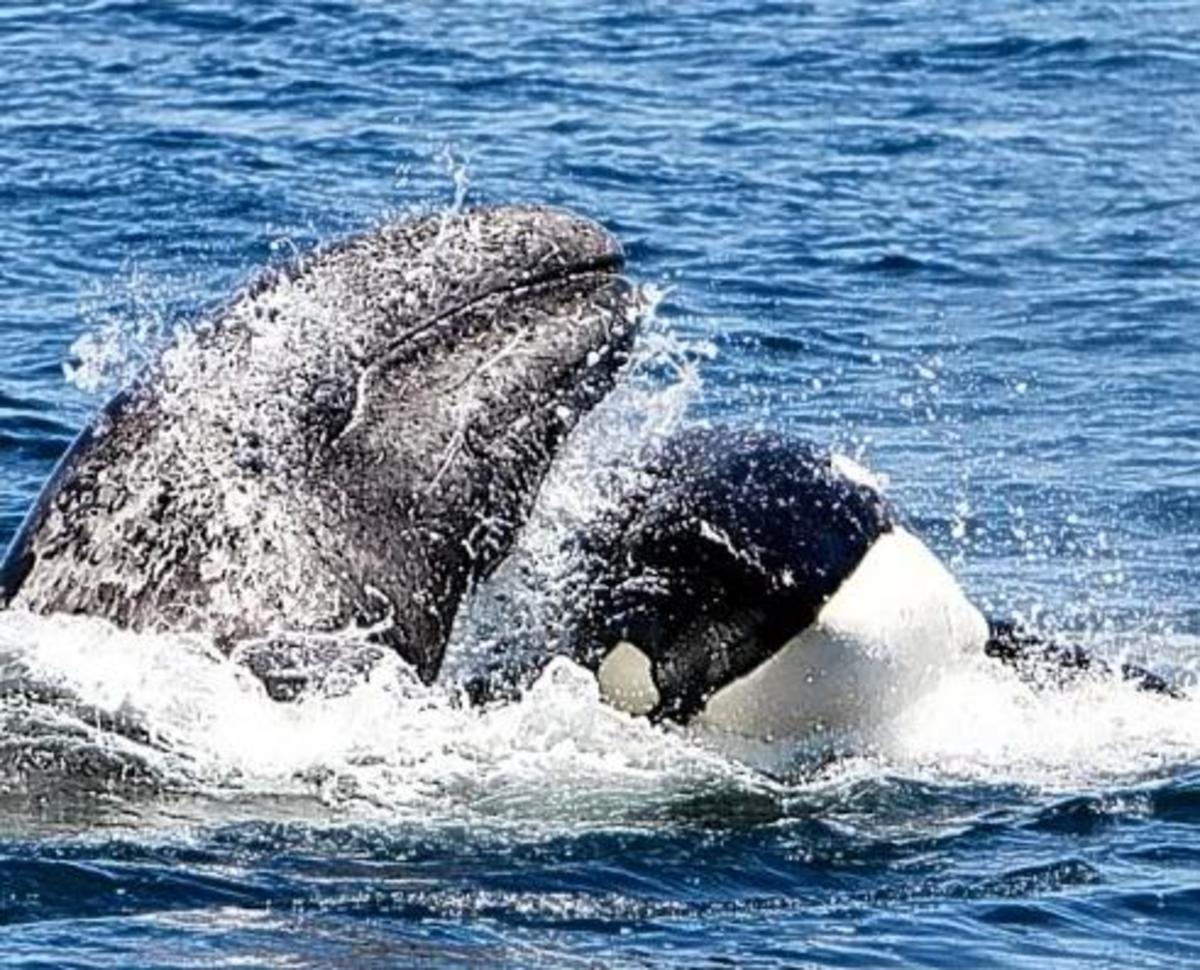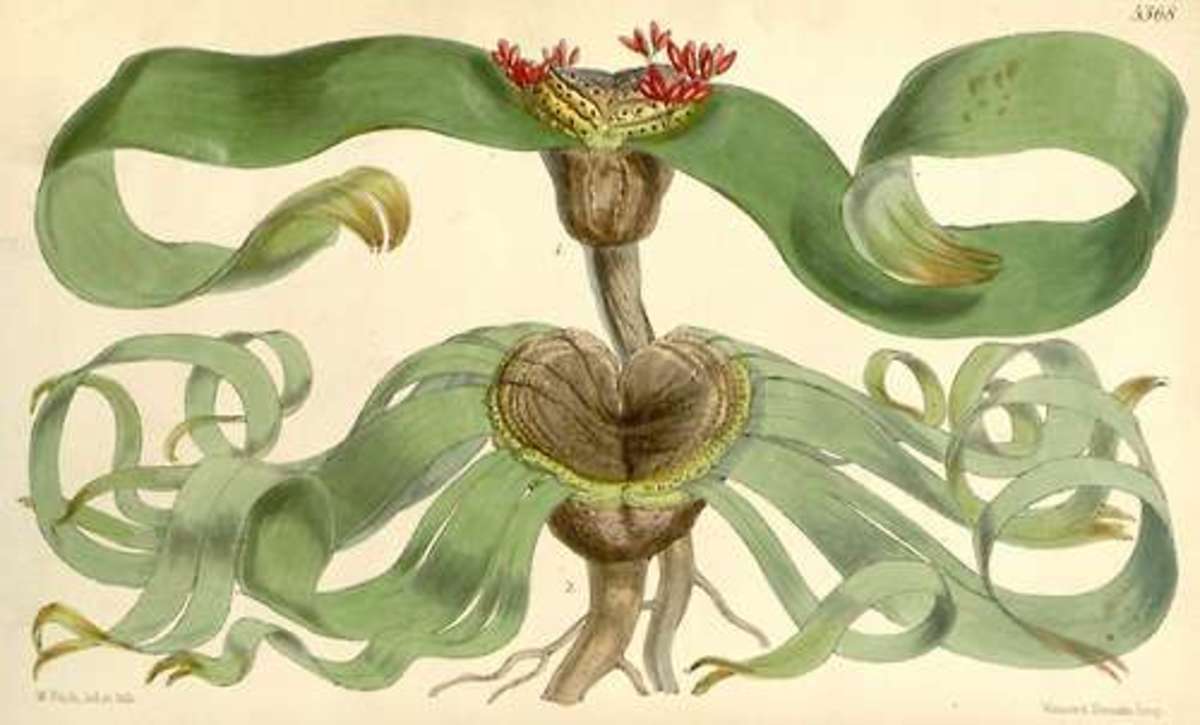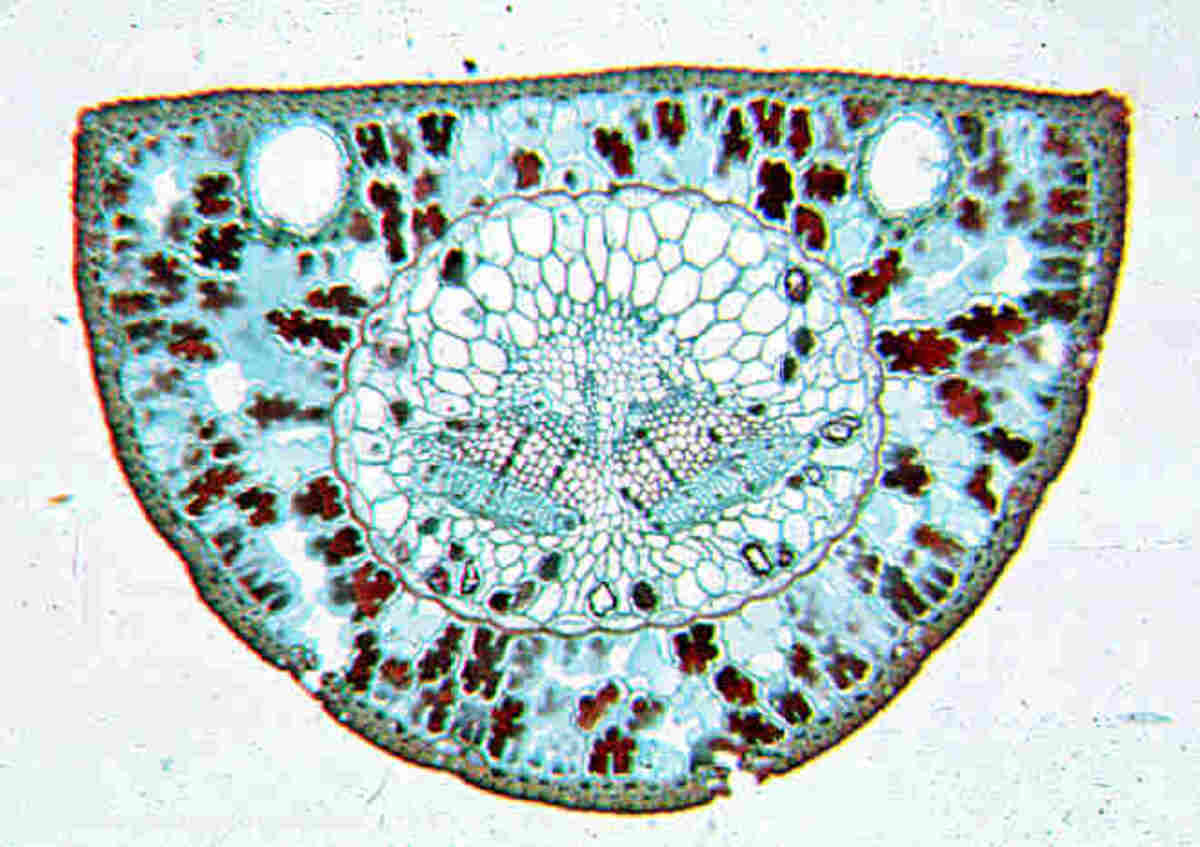The Danger of Killer Algae
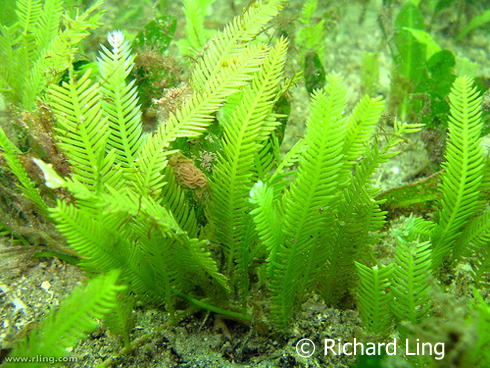
Killer algae or caulerpa taxifolia is an invasive species that is capable of rapid growth and spreading. Its range is augmented by ballast water. It has wiped out other algae and sea grasses and even whole communities by outcompeting native species for food.
Home
Killer algae is native to tropical waters, like the Caribbean and off the coast of Africa. But because of ballast water and improper disposal from aquariums, it has been found off the coast of southern California and near France.

Prey and Predators
A natural predator to killer algae is a sea slug called Elysia subornata, which gets its nutrients solely from killer algae, by sucking out the sap, and killing it. The slug's enzymes neutralize the poison from the algae, which keeps it unharmed but protects it from other predators.
Natural Defenses
Has a high tolerance for extreme conditions. It can live out of water for up to ten days. Killer algae can also live in low water temperatures, and can plant itself in many different terrains, including sand, dirt, between rocks, and on seabeds.
It contains a deadly poison that kills most things that eat it. Its biggest defense, however, is its sheer volume. It spreads so quickly, that it can out-compete most species for resources and predators would have a hard time of depleting it.
Reproduction
Killer algae is asexual and reproduces through a process called fragmentation, where the algae splits into different fragments which then mature into adulthood.
The Harmful Effects of Killer Algae
Killer Algae became an invasive species because of poor disposal of aquariums. Because it's pretty and easy to care for, it's a very popular decorative plant to put in fish tanks and aquariums. Its high tolerance makes it impossible for most herbivores to prey on it, so it can spread unchecked in new areas. Its rapid reproduction smothers out other plants like dandelions in flower beds, killing entire ecosystems. However, it is possible to get rid of it after it takes over an area. In fact, California recently got rid of it themselves.
What We Can Do
The best thing we can do about killer algae is to not get it for aquariums or fish tanks, and if we do get it, to make sure it is properly disposed of.
Sources
Center for Invasive Species Research. http://cisr.ucr.edu/caulerpa_taxifolia.html
Marine Algae of Hawai'i. http://www.hawaii.edu/reefalgae/invasive_algae/chloro/caulerpa_taxifolia.htm
University of California. http://www.ridnis.ucdavis.edu/Caulerpataxifolia.html
http://www.rimeis.org/species/caulerpa.html
http://www.westcoast.fisheries.noaa.gov/habitat/habitat_types/seagrass_info/caulerpa_taxifolia.html
http://www.europe-aliens.org/pdf/Caulerpa_taxifolia.pdf


